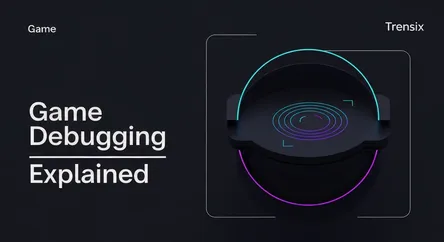Game
Game Debugging Explained

Discover the crucial process of debugging in game development. Learn how developers find and fix errors to ensure a smooth, enjoyable player experience.
What is it?
Debugging is the methodical process of finding and resolving defects, or "bugs," in a video game's code, assets, and design. It is a critical phase of game development where programmers and Quality Assurance (QA) testers work to identify and fix issues. These can range from minor graphical glitches and typos to major, game-breaking errors that cause crashes or prevent progress. Developers use specialized tools and systematic testing to ensure the final product is stable, polished, and functions as intended.
Why is it trending?
The complexity of modern games has pushed debugging into the spotlight. Titles with vast open worlds, complex physics, online multiplayer, and cross-platform functionality have an exponentially higher potential for bugs. Furthermore, the rise of Early Access and live-service models means the debugging process is more public than ever. Developers now frequently release patches and updates post-launch, often relying on community bug reports to help identify and prioritize fixes, making it a continuous and visible part of a game's lifecycle.
How does it affect people?
For developers, debugging is a demanding and time-consuming necessity that directly impacts project timelines and budgets. For players, the quality of debugging is the difference between an immersive experience and a frustrating one. A well-debugged game ensures smooth gameplay and allows players to engage with the world without being pulled out by technical flaws. Conversely, a game released with significant bugs can lead to negative reviews, damage a studio's reputation, and ultimately result in poor player retention and sales.